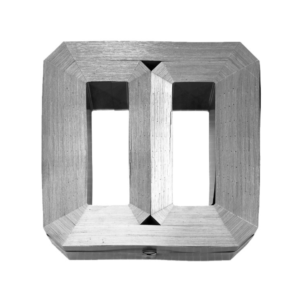
Introduction
Selecting the right transformer core is crucial for optimizing performance and efficiency in electrical systems. The core is essential for energy transfer and voltage regulation, minimizing losses. Factors like electrical specifications, mechanical constraints, and environmental considerations influence core selection. Understanding these factors ensures the chosen core meets application requirements reliably. In this introduction, we’ll explore the significance of selecting the right transformer core and key factors driving core selection decisions.
Understanding Transformer Core Requirements
Electrical Specifications
It’s essential to consider voltage and current ratings, frequency compatibility, and inductance requirements when selecting a transformer core.
Mechanical Constraints
Transformer core selection must account for size and shape restrictions, along with mounting and assembly considerations, as well as clearance and insulation requirements.
Environmental Considerations
Evaluating operating temperature range, humidity and moisture resistance, and compatibility with harsh conditions is crucial to ensure the chosen transformer core can withstand its intended environment.
Core Design Considerations For Select The Right Transformer Cores
When selecting the right transformer core, it’s important to consider the shape and size that best suit the specific application requirements. Different shapes, such as E-cores or toroidal cores, offer distinct advantages in terms of space utilization and magnetic flux distribution. Similarly, the size of the core should be chosen to accommodate the required number of windings and fit within the available space constraints of the system.
Winding Configurations
The winding configurations, including the arrangement and number of windings, play a critical role in determining the transformer’s performance and efficiency. Careful consideration should be given to factors such as the desired turns ratio, primary and secondary winding placement, and the need for interleaving or layering to minimize leakage inductance and optimize coupling between windings.
Optimization Techniques
Various optimization techniques can enhance transformer core performance. These include selecting specialized materials like amorphous or nanocrystalline alloys for tailored magnetic properties. Advanced manufacturing processes reduce core losses and boost energy efficiency. Techniques such as interleaving, stepped cores, and flux concentration methods optimize core design to meet specific application requirements and maximize overall system performance.